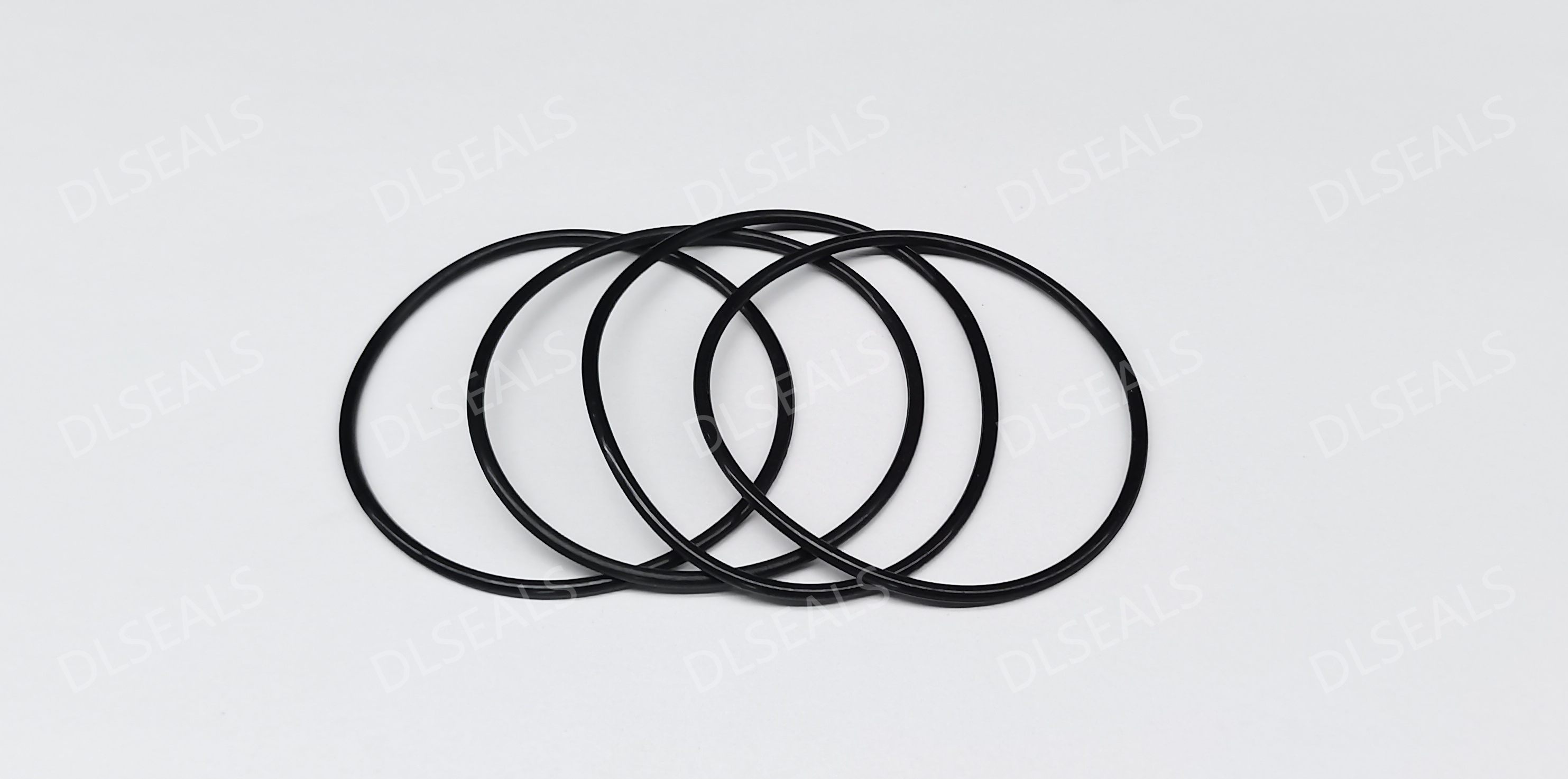
Here are some common questions and answers about nitrile rubber seals:
Question 1: What environments are nitrile rubber seals suitable for?
Answer: Nitrile rubber seals are suitable for a variety of environments, especially those in contact with oil and fuel. They are commonly used in automobiles, mechanical equipment, petroleum and chemical industries. Their operating temperature range is generally between -40°C and 100°C, and some high-quality nitrile rubber can be used at higher temperatures.
Question 2: What are the main advantages of nitrile rubber seals?
Answer: The main advantages of nitrile rubber seals include:
Oil resistance: It can resist a variety of oils and fuels.
Abrasion resistance: It has good wear resistance.
Good elasticity: It has good resilience and sealing.
Cost-effectiveness: The relatively low production cost makes it cost-effective.
Question 3: What is the service life of nitrile rubber seals?
Answer: The service life of nitrile rubber seals is affected by many factors, such as operating temperature, pressure, media type and frequency of use. Generally speaking, under normal working conditions, the service life of nitrile seals can reach several years. If used under extreme conditions, the lifespan may be significantly shortened.
Question 4: How to properly install nitrile rubber seals?
Answer:
Inspect the seals: Inspect the seals before installation to ensure there are no damage or defects.
Clean the contact surface: Ensure that the installation surface is clean and free of dust and impurities.
Correct installation tools: Use appropriate tools to avoid stretching the seals.
Avoid twisting: Ensure that the seals do not twist or deform during installation.
Apply pressure evenly: Ensure that uniform pressure is applied during installation to avoid local overpressure.
Question 5: Can nitrile rubber seals be reused?
Answer: Generally, it is not recommended to reuse nitrile rubber seals. Although they can sometimes be reused in certain situations, the deformation of the seals after the first installation may affect their sealing performance. To ensure optimal performance, it is best to replace the seals with new ones after each disassembly.
Question 6: How to determine whether the nitrile rubber seals need to be replaced?
Answer:
Leakage: If oil or liquid leakage is found, it means that the seal may have failed.
Aging: cracking, hardening or discoloration indicates that the seal is aging and needs to be replaced.
Deformation: If the seal is visibly deformed, twisted or torn, it also needs to be replaced.
Question 7: How to choose nitrile rubber compared to other types of rubber (such as fluororubber)?
Answer: Choosing nitrile rubber or other rubber (such as fluororubber) depends on the specific application:
Nitrile rubber: suitable for media compatible with petroleum and water, but poor chemical resistance.
Fluororubber: has better chemical resistance and high temperature performance, suitable for extreme conditions, but the cost is higher.
Question 8: What are the precautions for storing spare parts of nitrile rubber seals?
Answer:
Store away from light: The storage location should be away from light to prevent ultraviolet rays from accelerating aging.
Temperature control: The best storage temperature is 20℃ to 25℃, avoid high temperature and humid environment.
Dust protection: Keep the seal clean and prevent dust and impurities from contamination.
Avoid heavy pressure: Avoid placing heavy objects on the seal to prevent deformation.
The above are some common questions about nitrile rubber seals and their corresponding answers. I hope it will be helpful to you! If you have more questions, please feel free to ask any questions.
Post time: Oct-10-2024
